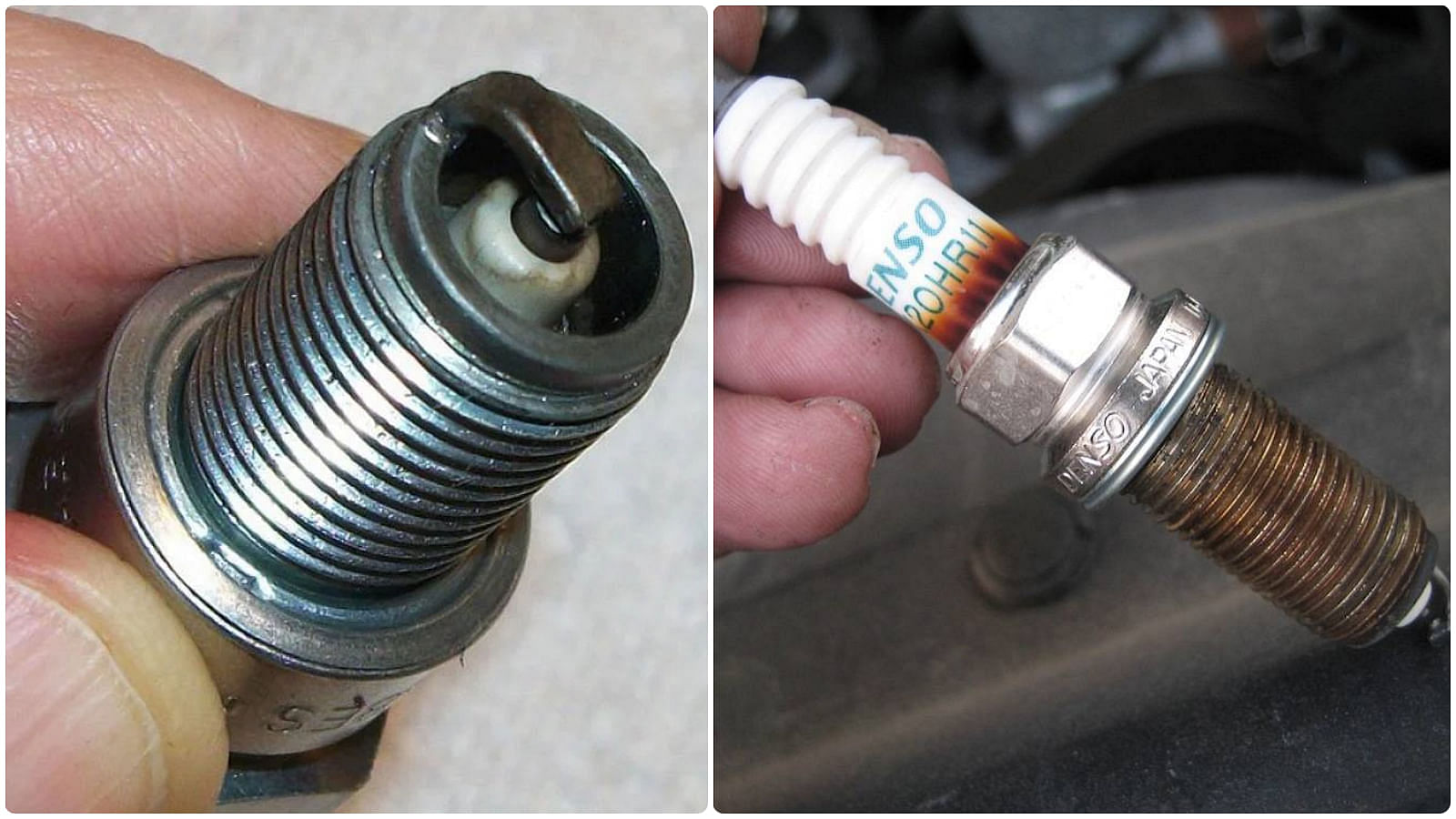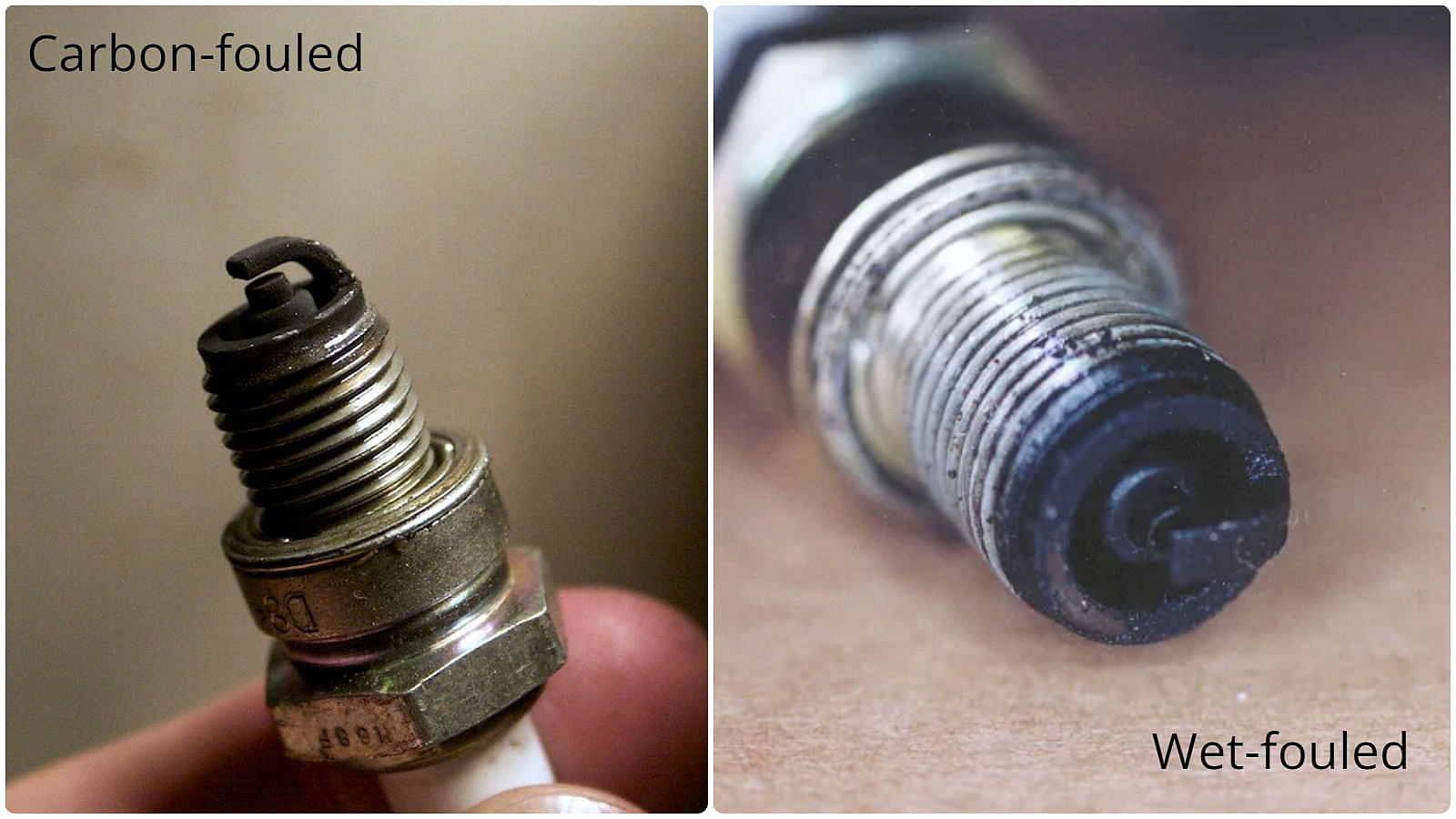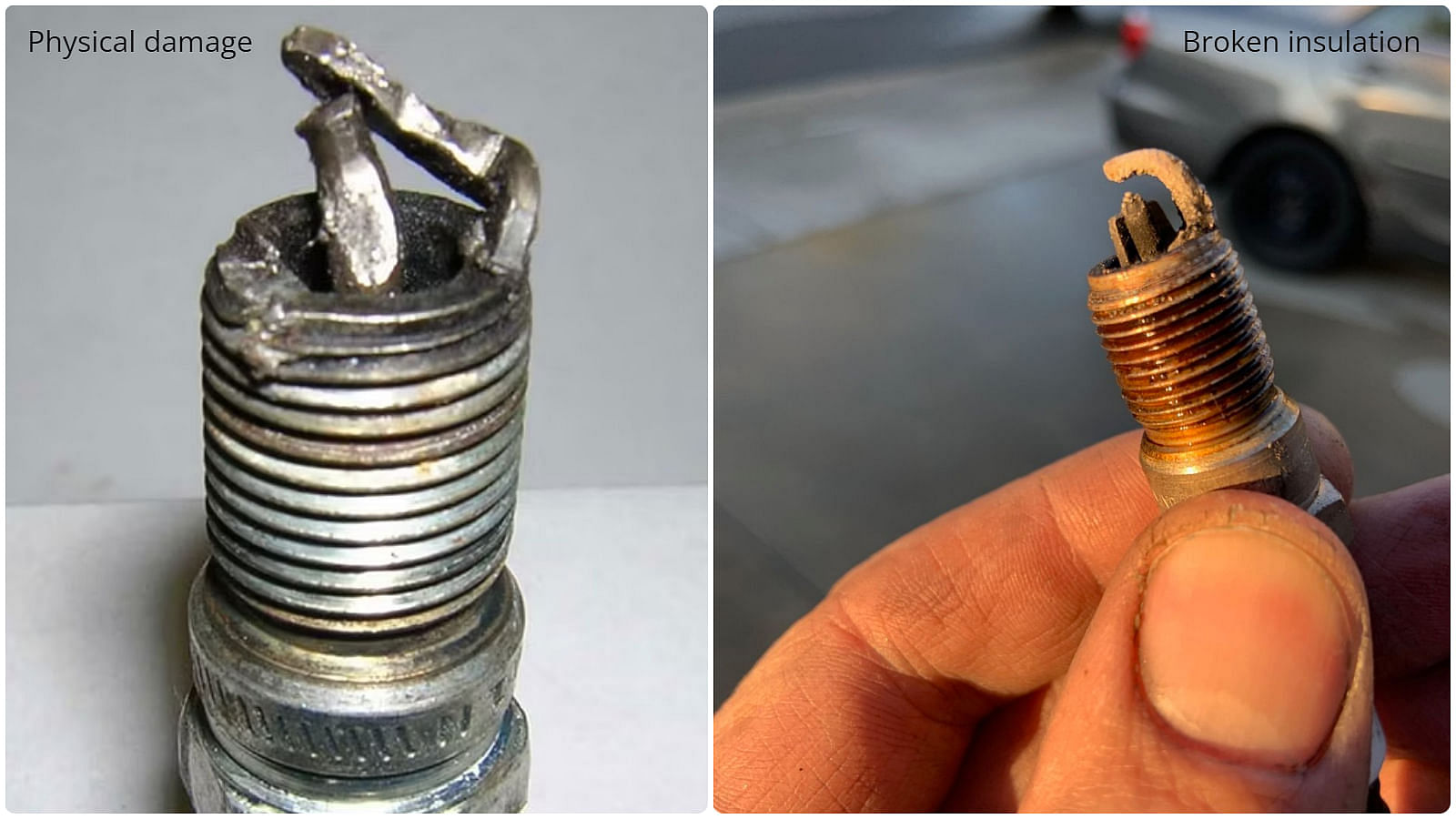Understanding What A Spark Plug Is All About
A spark plug is a replaceable tiny component in the engine anatomy whose job is to start the ignition of the engine by igniting a spark in the combustion chamber. Maintaining and keeping a record of the condition of the plug omits major problems in the engine. Knowing the types of spark plug failures and what are the reasons behind those failures are symptoms helps you to get information about the engine's health.
Published July 31, 2024

The Spark Plug may seem little and simple but it's an essential part of the vehicle. To put it into simple words, a spark plug works like an initiator for the engine to start. Like everything else, it has its limit and can break down after a period of time depending on the situation. Whether you own a bike, a car, or a boat, if it's giving problems or having trouble starting, checking in on the spark should be your primary stop. Before spending a hefty sum of money on your vehicle in case of any malfunctions, taking a look at the engine’s spark plug will give you the answers on what is the condition of your car and what is wrong with it. Among variable cases, there are some standard problems that a spark plug can run into. Read on as we have selected, shown, and explained some of them.
The first step to reading about your spark plug starts with removing it from the engine and observing what it says. An engine that is healthy and working just fine won't have any issues with the spark plug. It will be clean with undamaged threads and a silver finish on metal surfaces. While the copper core and the electrode will have no signs of damage, a spark plug in good condition might look a little gray or ash colored being a component in the combustion chamber. You also need to know about the spark plug heat range. A spark plug only functions at its 100% when the temperature of the center electrode of the plug is between 500°C and 950°C.

Every spark plug has a number of miles fixed for its lifetime. An average of 60,000 to 100,000 miles is the life expectancy of a spark plug that is used in modern gas-powered cars. A normal worn-out spark plug will have a good amount of residue deposit with a round surface electrode. The most obvious symptom would be the corona stain on the bottom of the plug covered with a white insulator.
A spark plug is found dry and black with residues on electrodes and the tip of the insulator indicates a carbon-fouled plug. There are a few reasons behind it like rich fuel mixture, excessive driving at low speed, and dirty air filters. Replacing the plug or better having it replaced with a “hotter” spark plug would be ideal.

The spark plug isn’t firing up? Among other cases, a wet-fouled plug may be the reason for the misfiring of the engine. You know about oil leaks right? It is where oil is leaking through the valve cover gasket into the spark plug well, all the way to engine cylinders, a place where it is not supposed to go gets in touch with the spark plug causing a wet-fouled plug problem.
Although there is a majority in terms of common problems that spark plugs encounter, some rare cases are very problematic as they indicate serious problems with engine health. A damaged spark plug is when an unwanted object enters and damages the plug but it is mainly caused by a piston working against its principle hitting the tip of the plug and damaging it.

Broken plugs are where the insulator of the plug is destroyed or split in half due to improper installation and gapping. When the electrode is wrapped up by insulation the gapping between the insulator and electrode should be set as per the engine standard. There is also the case of sudden temperature change where the hot spark plug gets in touch with cold gasoline resulting in the sudden expansion of the spark plug and damaging it.
While you want your engine to run at high revs with proper efficiency that would also create excessive heat within the chamber causing bigger issues to deal with. When the tip of the electrode gets melted or leaves white residue around the electrode it means that the engine is overheating. If your engine is left untreated or has an unsuited fuel mixture to run it would result in excessive heat in the combustion chamber and unable to transfer it.

Caring for your car, and its engine is as important as knowing about essential little parts and the mechanics of it like the spark plug. Having specific and detailed knowledge of spark plugs will lead you to better savings in money and decisions in any upcoming engine malfunctions.
Write a comment
Comments
No Comments Yet









